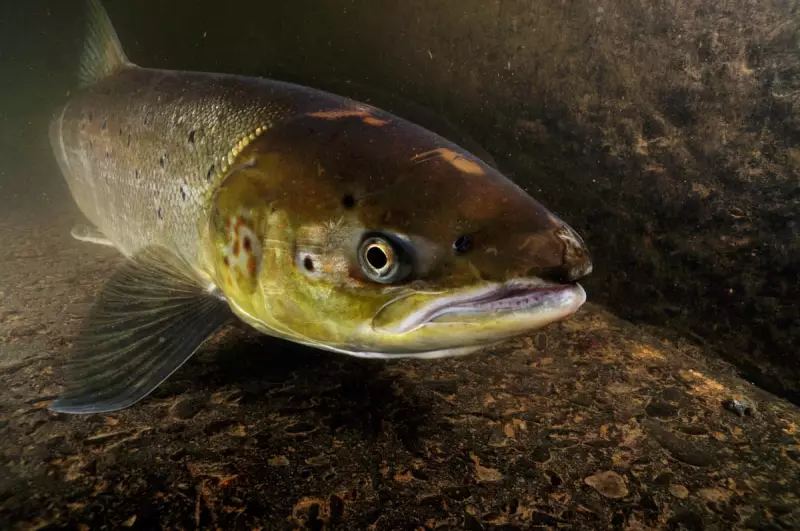
In the clear, rushing waters of a Northumberland river, a quiet revolution is taking place. Where once a formidable man-made weir stood as an impassable barrier, a cleverly designed fish ladder now allows Atlantic salmon to continue their ancient upstream journey.
The Coquet Valley, long known for its salmon populations, had become increasingly challenging for these remarkable fish. The weir, originally built for milling purposes, created a waterfall too high for even the most determined salmon to leap. For generations, it blocked access to crucial spawning grounds upstream.
A Simple Solution with Profound Impact
The fish ladder, essentially a series of stepped pools, creates a gradual ascent that salmon can navigate with ease. Each pool acts as a resting spot, allowing the fish to recover energy before tackling the next stage of their journey upstream to spawn.
"It's incredible to watch them use it," says a local conservationist. "One moment they're resting in the lower pool, the next they're making the leap to the next level. It's like watching nature reclaim what was always hers."
Why This Matters for UK Wildlife
Atlantic salmon populations have declined dramatically in recent decades, facing threats from pollution, climate change, and physical barriers like weirs. Projects like this are crucial because:
- They restore access to historical spawning grounds
- They help maintain genetic diversity by allowing fish to reach different parts of the river system
- They support the entire river ecosystem, from insects to otters
The success on the Coquet serves as a model for similar projects across the UK, demonstrating that sometimes the most effective conservation measures are also the simplest.
A Symbol of Hope
As salmon continue to navigate their way upstream each autumn, the fish ladder stands as more than just a practical solution. It represents a growing recognition that human infrastructure and wildlife conservation can coexist, and that sometimes, all nature needs is a helping hand to make the leap.





